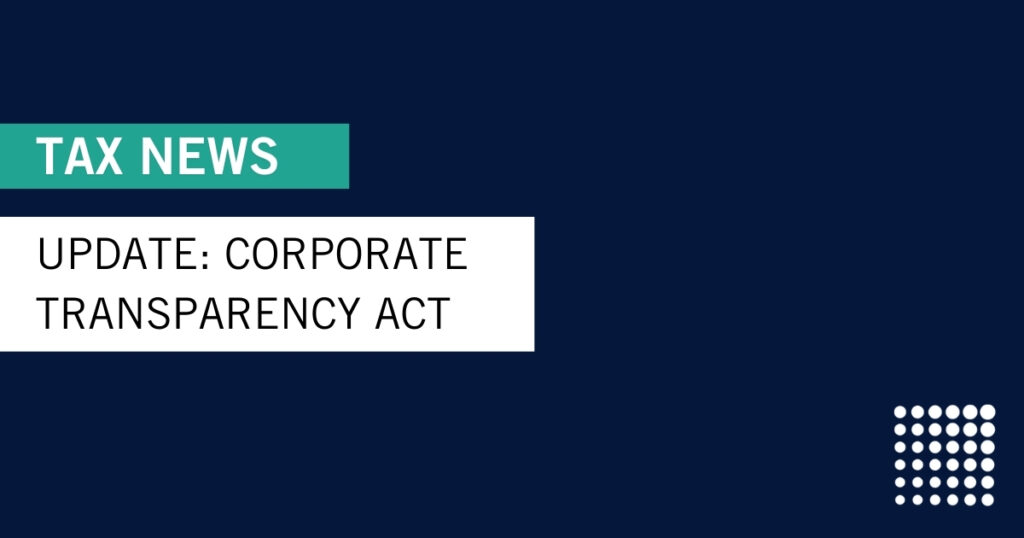Funding limits increase to reflect rising inflation
With the rising cost of living, the Internal Revenue Service is offering its annual increase to taxpayers by increasing their opportunity to save for retirement in tax-advantageous environments. The IRS recently released its inflation-adjusted contribution limits for 2024, bringing a lift in the salary deferral limit, IRAs and Health Savings Accounts.
The IRS announced that employees in 401(k) plans will be able to contribute up to $23,000 this year, an increase of $500 from 2023. There were also some changes to the income ranges for determining eligibility for deductible contributions to IRAs for 2024.
If you are over 50, many of the catch-up contribution limits were updated earlier in 2023 as part of the SECURE Act 2.0 amendments and stay the same in 2024.
This and other Notice 2023-75 changes provide cost of living adjustments affecting dollar limitations for pension plans and other retirement-related items for the 2024 tax year.
Key changes for 2024
- 401(k) salary deferral limit at $23,000 per individual 401(k)
- Profit Sharing Plan annual limit increased to $69,000
- IRA annual contribution limit increased to $7,000
- Health Savings Account (HSA) contribution limits increased to $8,300 for family coverage and $4,150 for individual
Stayed the same
- 401(k) catch-up contributions at $7,500 for those over 50
- HSA catch-up contributions at $1,000 for those over 55 for both single and family
- IRA catch-up contributions at $1,000 for those over 50
Income Phase-Out Ranges
The income ranges for determining eligibility to make deductible contributions to traditional and Roth IRAs have all increased for 2024.
In 2024, the adjusted gross income (AGI) phase-out range for taxpayers making contributions to a traditional IRA covered by a workplace retirement plan is $123,000 to $143,000 for married couples filing jointly. For singles and head of households, the income phase-out range is $77,000 to $87,000.
The Roth IRA phase-out range is $230,000 to $240,000 for married couples filing jointly, up from $218,000 to $228,000 in 2023. For singles and head of households, the income phase-out range is $146,000 to $161,000, up from $138,000 to $153,000 in 2023.
If, during the year, either the taxpayer or the taxpayer’s spouse is covered by a retirement plan at work, the deduction may be reduced, or phased out, until it’s eliminated, depending on filing status and income.
If you earn too much to open a Roth IRA, you can open a nondeductible IRA and convert it to a Roth IRA, as Congress lifted any income restrictions for Roth IRA conversions, known as this Roth “Back Door” strategy.
Accumulating Wealth Podcast Ep .157, “The $500 Button”
Making the most out of tax-advantaged savings environments is essential to your long-term savings strategy. Accumulating Wealth podcast hosts Hunter Satterfield and Judson Crawford detail how the new contribution limits and adjusted income limits can change your strategy.
Catching up on 2023 IRA contributions:
If you stalled your normal contributions or didn’t save as much as you’d hoped, it’s not too late to catch up on your 2023 savings.
2023 IRA contributions can be made until April 15, 2024.
If you exceeded the 2023 IRA contribution limit, you may withdraw excess contributions and any income earned on the excess contribution from your account by the due date of your tax return (including extensions). If you do not, you must pay a 6% tax each year on the excess accounts left in your account.
Looking ahead
Consider adjusting your savings goals to increase and maximize your contributions in 2024. These annual increases are just more savings opportunities essential to accumulating wealth; it is wise to take advantage of the maximum benefit allowed under the law.
Looking to ensure you take advantage of the limits as they apply to you? For a complimentary consultation, reach out to our team at cainwatters.com/contact.














